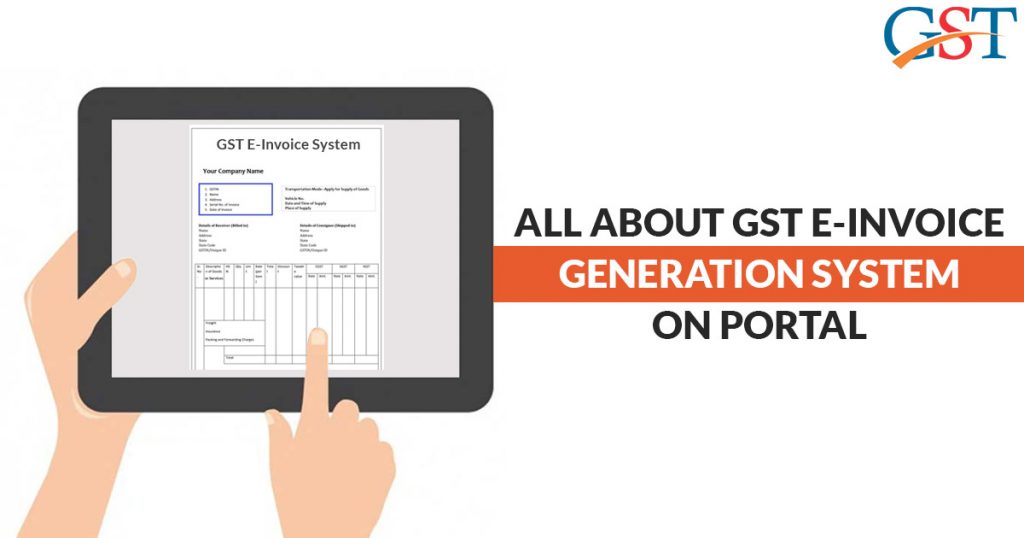The simplicity of implementing the business for MSMEs: it will not affect the businesses whose turnover is Rs 50 cr to generate the e-invoices however towards the micro and small businesses who do not invest in technology and do not have the digital systems, as per the President, Federation of Indian Micro and Small & Medium Enterprises (FISME) Animesh Saxena.

E-invoicing was before made important beneath Goods and Services Tax (GST) law for business-to-business (B2B) transactions through the business whose turnover exceeds Rs 500 cr from October 1, 2020, and over Rs 100 crore from January 1, 2021. Central Board of Indirect Taxes and Customs (CBIC) before this month has shown the same for the businesses with Rs 50 cr turnover. According to the Micro and Small & Medium Enterprises 
“Some level of preparedness will be required but we assume companies with over Rs 50 crore turnover to be digitally literate in managing their accounts. If the government extends the e-invoicing mandate in the future to micro and small enterprises, then it might be a problem as they don’t invest much in technology and most work is outsourced. It might become an additional cost burden for them. Also, broadband connectivity could be a problem for such firms in small towns and villages,” Saxena directed.
Executive Director Indirect Tax, Senior Director Nexdigm reported Financial Express Online said that Saket Patawari the e-invoicing will permit the intermediate validation of the tax invoices where it is productive for the assessee and the input tax credit recipient as the errors and reconciliation needs might get less significantly.
But “mid-sized businesses who do not have a well-equipped in-house IT team will have to incur CAPEX and OPEX costs for numerous activities such as modifying accounting systems to adhere to the e-invoicing, integrating their accounting systems with the IRP portal (either through APIs or third-party software), and undergoing detailed training for the staff to get accustomed to the e-invoicing norms and accounting infrastructure,”
Over 99% are micro and small businesses in India out of 6.33 cr MSMEs reported as per the MSME Ministry’s FY20 annual report. There are only 5000 medium companies whereas the small businesses are nearly 3.31 lakh and micro enterprises are 6.30 crore in India.
“There won’t be any impact on medium enterprises as their sphere is very less while micro and small are in majority. Micro and small owners do everything on their own in a small set-up and it might be an additional responsibility for them if implemented ahead by the government. However, in contrast, this would also bring more transparency and make them more formal to benefit from government schemes. I think gradually the government will extend this to micro and small enterprises as well,” Executive Secretary Sanjiv Layek told the World Association For Small And Medium Enterprises (WASME) told Financial Express Online.
E-invoicing platform is also used to assist the companies to access fast loans as the banks will be enabled to determine the requests upon invoices even as the need will be lower as the GST platform will occupy the returns upon the present information present inside the e-invoices, as per the report. Also, the council GST e-invoicing 